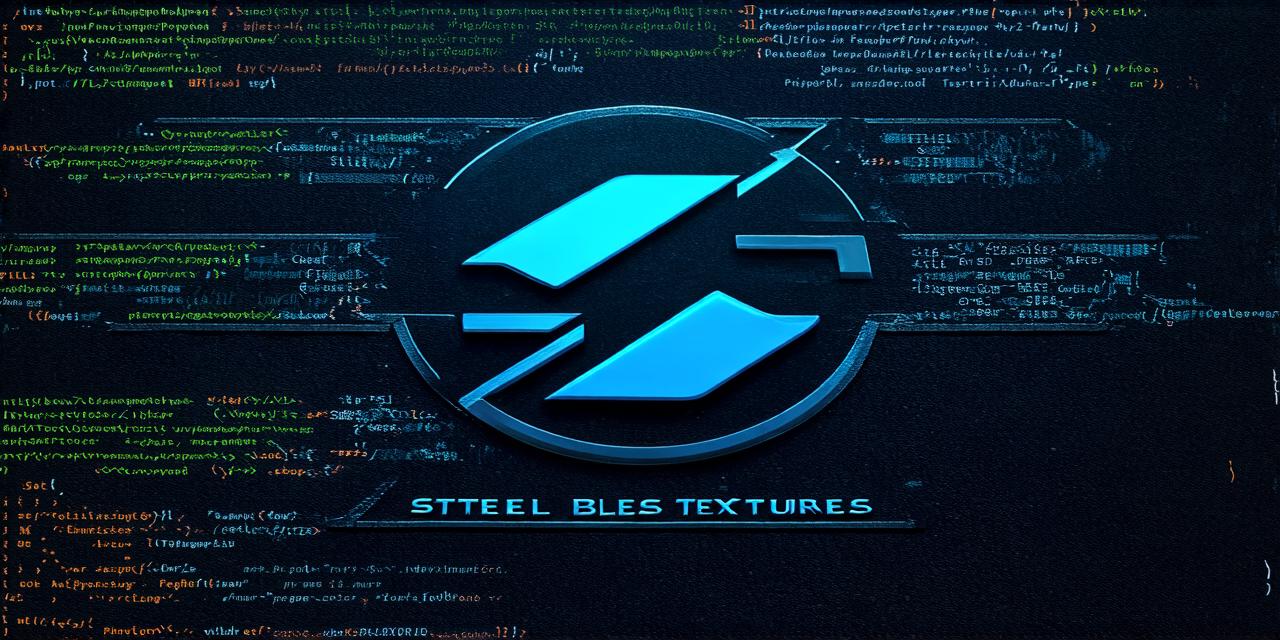Virtual Reality (VR) is a rapidly growing field with immense potential for innovation and creativity.
Developers are constantly seeking new ways to push the boundaries of what is possible in virtual worlds and create truly immersive experiences for users. One popular programming language used in VR development is C, which offers a range of features that make it easy to build engaging and interactive experiences.
Unity: The Most Popular VR Development Engine
One of the most popular VR development engines is Unity, which is a cross-platform game engine that also supports VR development. It is widely used by developers due to its ease of use, flexibility, and extensive library of assets.
With Unity, you can create 2D, 3D, and AR/VR experiences on a variety of platforms, including Windows, macOS, iOS, Android, and consoles.
C Scripting: Writing Code for Your VR Experience
C scripting is another important technique in VR development. It allows you to create custom logic and behaviors for your VR experience. With C, you can write code that interacts with Unity’s various components, such as objects, cameras, and controllers.
You can also use C to create custom UI elements, such as buttons and sliders, that allow users to interact with your experience.
One example of a successful VR experience built with C scripting is Tilt Brush, which was released in 2016. It allows users to paint and sculpt in virtual reality using hand-held controllers equipped with sensors that track the user’s movements.
SteamVR: Building Cross-Platform Experiences
Another platform for building VR experiences is SteamVR, which is a popular platform for VR gaming and experiences with over 2 million users worldwide. By building your VR experience on SteamVR, you can reach a wider audience and take advantage of its robust community features, such as user reviews, ratings, and achievements.
One example of a successful VR experience built on SteamVR is Job Simulator, which was released in 2016. It allows users to simulate various jobs, such as being a chef or an astronaut, in virtual reality. The game’s engaging gameplay and relatable scenarios have made it a hit with both gamers and VR enthusiasts.
ARKit: Building Augmented Reality Experiences with C
Another important technique in VR development is building augmented reality experiences with C. ARKit is Apple’s augmented reality development platform that allows developers to create interactive experiences that overlay digital content onto the real world. With ARKit, you can build immersive experiences that blend virtual and physical environments, such as games or educational tools.
One example of a successful AR experience built with C is Snapchat’s augmented reality filters. These filters allow users to add digital effects to their photos and videos in real-time, making them shareable on social media platforms. The filters have been incredibly popular and have helped to popularize AR technology among consumers.
Oculus SDK: Building Experiences for the Oculus Platform
The Oculus platform is another popular VR platform that supports C development. With the Oculus SDK, you can build experiences specifically designed for the Oculus ecosystem, including the Oculus Rift and Quest headsets.
One example of a successful VR experience built with the Oculus SDK is Half-Life: Alyx, which was released in 2020. It is a virtual reality game that continues the storyline of the popular Half-Life series. The game’s immersive graphics and innovative gameplay have made it one of the most highly anticipated VR games of all time.
Summary: Building Immersive Experiences with C VR Development Techniques
In conclusion, there are several top techniques for C VR development that can help you build engaging and interactive experiences for your users. By using Unity, C scripting, SteamVR, ARKit, and the Oculus SDK, you can create immersive environments and innovative gameplay that transport users into virtual worlds. With these tools at your disposal, you can create anything from educational tools to blockbuster games that captivate audiences around the world. As VR technology continues to advance, developers will continue to explore new ways to create immersive experiences that engage and delight users.
